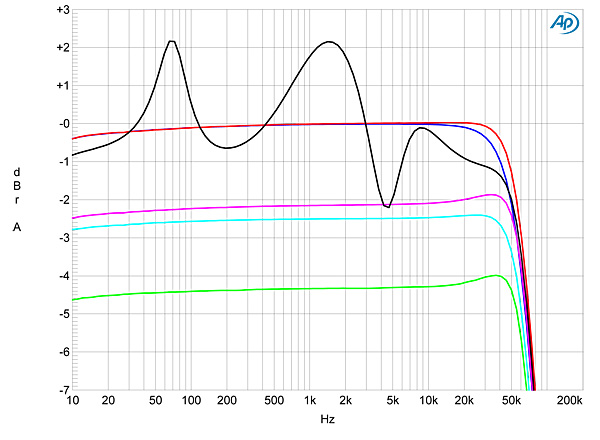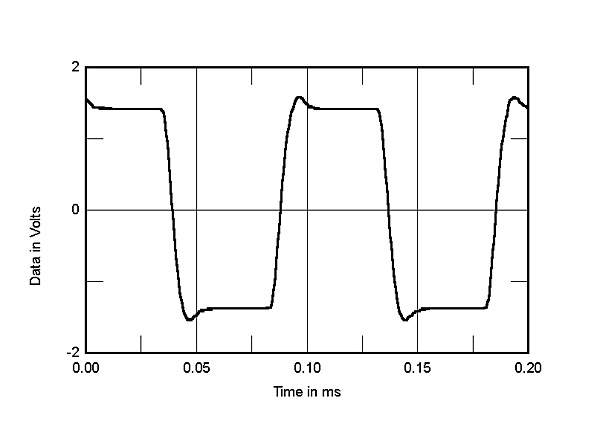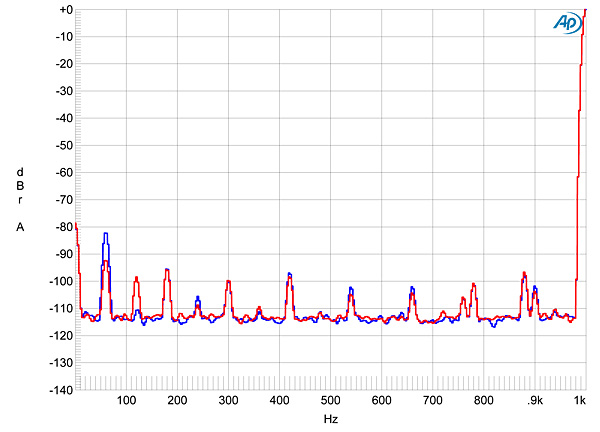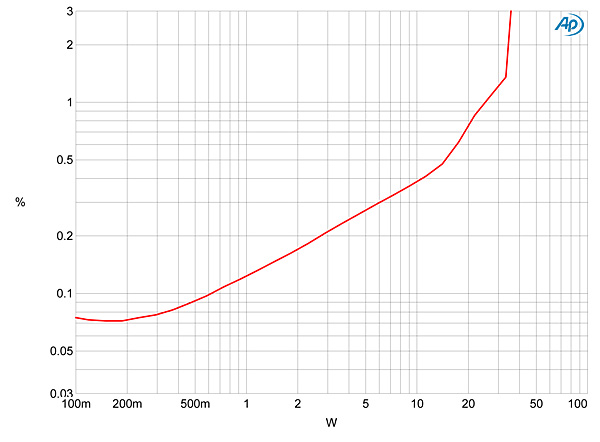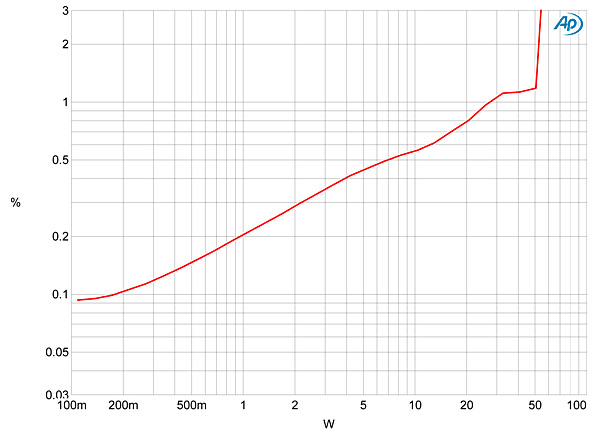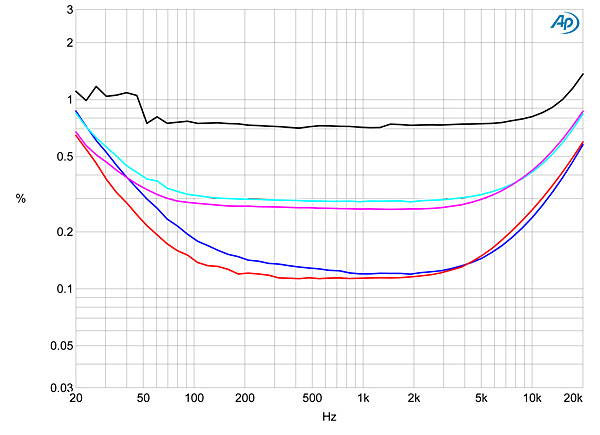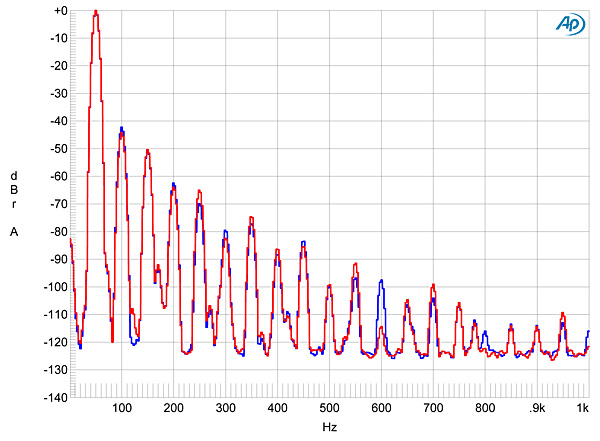| Columns Retired Columns & Blogs |
With two dollar plastic speaker connectors.
Check out the speaker connectors on the $999 Peachtree Nova65SE. WAY BETTER.
I owned a three thousand dollar amp with cheap plastic connectors once - they broke. Was not fun. No more buying expensive amps with cheap parts for me.
